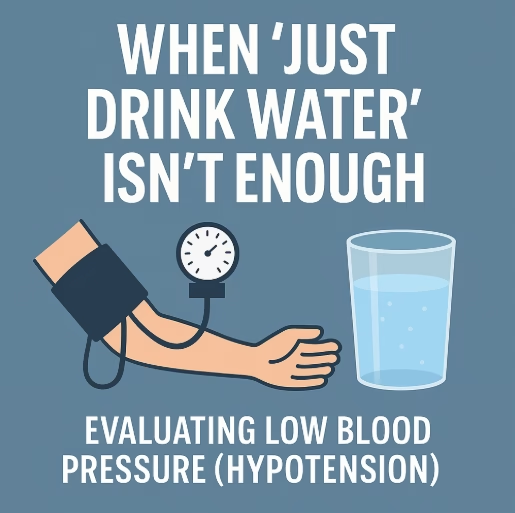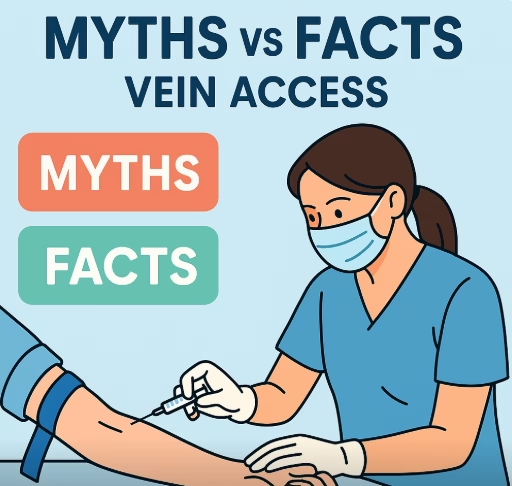For decades, the advice to “complete your antibiotics course” has been repeated like gospel in clinical settings. Nurses reinforce it in discharge plans, pharmacists write it on labels, and doctors mention it in consultations.
But is this guidance still evidence-based?
The answer: it depends on the infection, the patient, and the antibiotic.
Origin of the “Complete the Course” Mantra
The recommendation to always finish antibiotics stems from a historical concern that:
- Stopping early may allow pathogenic bacteria to survive
- These surviving bacteria may develop antimicrobial resistance (AMR)
The thinking was: if patients stop taking antibiotics once symptoms resolve, resistant organisms could thrive — making future infections harder to treat.
While this logic made sense at a time when antibiotics were still relatively new, contemporary evidence shows it may NOT ALWAYS hold true.
What Does the Evidence Say?
Recent reviews (e.g., Llewelyn et al., BMJ 2017) suggest that prolonged exposure to antibiotics may actually increase selective pressure, promoting resistance within the host’s microbiota, not just the pathogen.
“The idea that stopping antibiotic treatment early encourages resistance is not supported by evidence,” — Llewelyn MJ et al., 2017
In fact, multiple studies show that shorter courses are often equally effective — or even preferable — in certain infections.
Clinical Examples
| Condition | Traditional Course | Evidence-Based Shorter Course |
|---|---|---|
| Community-Acquired Pneumonia (CAP) | 7–10 days | 5 days (IDSA guidelines if afebrile & stable by day 5) |
| Uncomplicated UTI (female) | 5–7 days | 3 days (e.g., Trimethoprim, Nitrofurantoin) |
| Cellulitis (mild/moderate) | 7–10 days | 5–6 days if clinical response observed |
| Streptococcal Pharyngitis | 10 days | Still recommended for full 10 days (to prevent rheumatic fever) |
Takeaway: The required duration varies by pathogen, host immunity, tissue penetration, and drug pharmacokinetics.
When Long Courses Are Still Necessary
There are clear exceptions where prolonged antibiotic courses remain essential:
- Endocarditis
- Osteomyelitis
- Tuberculosis
- Prosthetic joint infections
- Immunocompromised patients with complex infections
In such cases, shorter courses risk treatment failure or recurrence.
Implications for Healthcare and Prescribing Practice
As healthcare workers and prescribers, we must:
- Avoid defaulting to “one-size-fits-all” durations
- Reinforce messages consistent with evidence-based prescribing and antimicrobial stewardship
- Review local trust guidelines, NICE recommendations, or MicroGuide apps regularly
- Educate patients on the importance of:
- Taking the full prescribed course, not the old idea of things like “10 days no matter what”
- Reporting early improvement, especially if side effects or drug reactions occur
A Word on Resistance
The human microbiome (especially gut flora) acts as a reservoir for resistance genes (the “resistome”).
Unnecessarily long antibiotic exposure increases collateral damage to commensal bacteria — raising the risk of Clostridioides difficile, MRSA colonisation, and other hospital-acquired infections.
Final Thoughts
“Take antibiotics for as long as needed — and no longer.”
Rather than a blanket rule, duration of therapy should be:
- Based on infection-specific evidence
- Tailored to patient response
- Continuously reviewed by the multidisciplinary team
Let us move away from rigid traditions and practice dynamic, precision-guided antibiotic prescribing.
References:
- Llewelyn MJ et al. (2017). The antibiotic course has had its day. BMJ; 358:j3418.
- NICE Guidelines [CAP, UTI, Cellulitis]
- IDSA/ATS CAP Clinical Practice Guidelines (2019)
- PHE/UKHSA Antimicrobial Stewardship Toolkit
Disclaimer:
This blog post is intended for healthcare professionals and students for educational purposes only. It is not a substitute for clinical guidelines, institutional protocols, or professional medical judgment. Always refer to national and local antimicrobial stewardship policies (e.g., NICE, IDSA, UKHSA) when prescribing antibiotics or advising patients. The examples provided reflect current evidence as of the time of writing and may evolve with emerging research.



